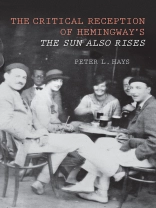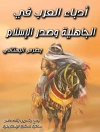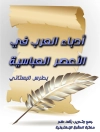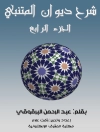Changing critical views of Hemingway’s great novel of the Lost Generation, from publication to the present.
In the eight decades since its publication, Hemingway’s
The Sun Also Rises, like a Rorschach blot, has measured not only critics’ opinions of Hemingway but also the critical temper of the times. An initial reviewer saw thebook as a satire on American expatriates, an unflattering portrait of wastrels and a nymphomaniac wandering Europe. Other critics of the time saw it as a reflection of post-First World War malaise, inscribing for history the Lost Generation – those critics, that is, who took it as a serious literary effort and did not simply dismiss it as pornographic, as Hemingway’s own parents did. Since then the novel has been interpreted, variously, as a study of an impotent man’s existential dilemma, re-read as a modern-day version of the Fisher King myth, attacked by feminist critics as the macho diatribe of a misogynist, and, most recently, seen as a study of gender roles and the performanceof masculinity. There is no other book that surveys the entire span of
The Sun Also Rises criticism, documents the fashionable waves in which criticism has traveled, and points out how each age interprets the novel to suititself, reflecting the cultural concerns of the moment.
Peter Hays is Emeritus Professor of English at the University of California, Davis.
Cuprins
Introduction: In the Beginning
Good Style, Bad Content, No Philosophy: The Initial Reviews
The Development of In-Depth Criticism, 1947-1961
The Hemingway Industry Takes Off:The 1960s and Early 1970s
Critical Theories Take Hold: The Mid-1970s to Mid-1980s
More Theories, Many Gendered, Some Psychological: The Mid-1980s to Mid-1990s
The Continued Proliferation of Theory, 1995-2009
Summary, but No End, No Conclusion
Works Cited
Index
Despre autor
PETER HAYS is professor emeritus of English at the University of California, Davis.












